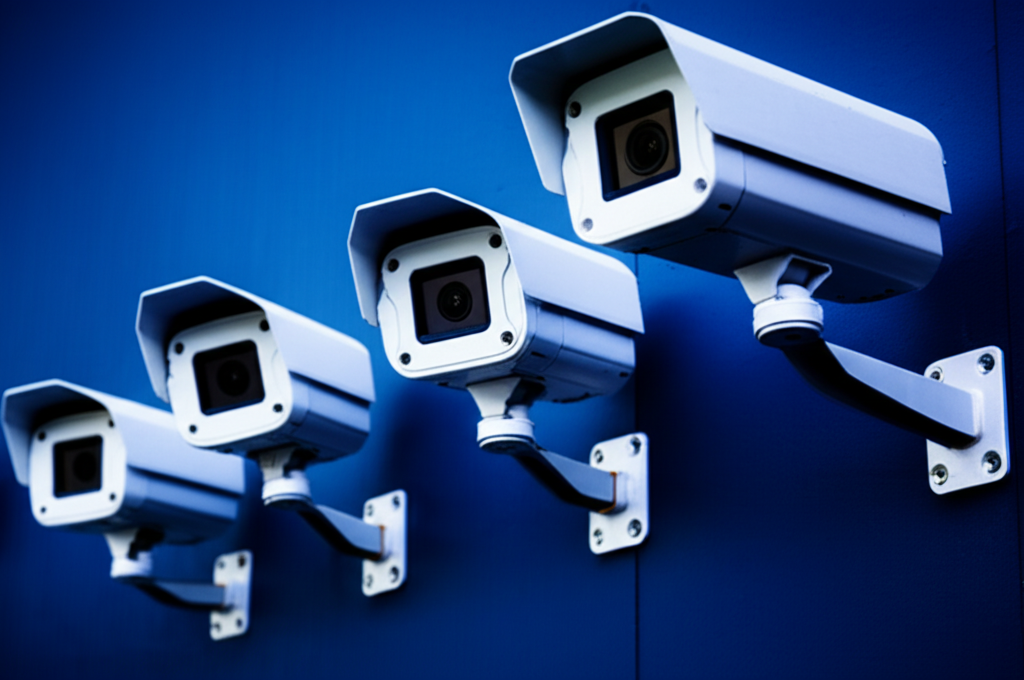Understanding Facial Mapping Limitations
A detailed look at what facial mapping can and cannot achieve, including the scientific limitations and best practices for presenting this evidence in court.

Facial mapping, also known as facial comparison analysis, is one of the most widely used forensic techniques for identifying individuals in video evidence. However, it's crucial to understand both its capabilities and limitations to ensure that evidence is presented accurately and fairly in legal proceedings.
What Facial Mapping Can Achieve
When properly conducted by qualified experts, facial mapping can provide valuable information in forensic investigations:
Supportive Evidence
Finding no significant differences between individuals, which can support the possibility of a match when combined with other evidence.
Key Limitations of Facial Mapping
Understanding the limitations of facial mapping is essential for both forensic analysts and legal professionals. These limitations must be clearly communicated in reports and testimony:
1. Cannot Provide Positive Identification
Perhaps the most important limitation is that facial mapping cannot provide definitive positive identification. Even when no differences are found between two images, this does not prove they are the same person. The scientific community widely accepts that two different people can share similar facial characteristics.
2. Image Quality Dependencies
The reliability of facial mapping is heavily dependent on the quality of the source imagery. Poor resolution, lighting issues, and compression artifacts can significantly impact the analysis:
- Low resolution images may miss crucial facial details
- Poor lighting can obscure or distort facial features
- Compression artifacts can create false features or hide real ones
- Motion blur can make precise comparison impossible
3. Viewing Angle and Perspective
The angle and perspective from which images are captured can dramatically affect comparison results:
- Profile views limit the number of comparable features
- Different camera angles can distort facial proportions
- Head tilt and rotation affect feature visibility
- Distance from camera impacts detail resolution
4. Temporal Factors
Time differences between images can introduce variables that affect comparison:
- Aging can change facial features over time
- Weight changes can alter facial shape and proportions
- Hair styles and facial hair can obscure or change appearance
- Medical procedures or injuries may alter facial features
Scientific Standards and Best Practices
To ensure reliable and admissible facial mapping analysis, forensic experts must follow established scientific standards:
Essential Standards
- Systematic Approach - Following a consistent, documented methodology for all comparisons
- Feature-by-Feature Analysis - Examining individual facial features rather than making holistic judgments
- Quality Assessment - Evaluating the suitability of images for analysis before proceeding
- Limitation Documentation - Clearly stating all limitations and uncertainties in reports
Presenting Evidence in Court
When presenting facial mapping evidence in court, experts must be prepared to address both the findings and the limitations:
Clear Communication
Expert witnesses must clearly explain what facial mapping can and cannot establish. This includes:
- Explaining the difference between elimination and identification
- Describing the confidence level of findings
- Addressing potential sources of error or uncertainty
- Providing context for how findings should be interpreted
Visual Aids and Demonstrations
Effective court presentations often include visual aids that help explain the analysis:
- Side-by-side comparisons with highlighted features
- Annotated images showing specific points of comparison
- Demonstrations of how image quality affects analysis
- Examples of similar-looking individuals to illustrate limitations
Common Misconceptions
There are several common misconceptions about facial mapping that need to be addressed:
Misconception: "It's like fingerprinting"
Facial mapping is not as definitive as fingerprint analysis. While fingerprints can provide positive identification, facial mapping can only support or eliminate possibilities.
Misconception: "Technology makes it infallible"
While technology has improved analysis capabilities, it has not eliminated the fundamental limitations of facial mapping. Human expertise remains essential.
The Role of Context and Corroboration
Facial mapping evidence is most effective when considered in context with other evidence:
- Supporting Evidence - Clothing, build, and other physical characteristics
- Behavioural Evidence - Mannerisms, and movement patterns
- Temporal Evidence - Timing and location of events
- Witness Testimony - Corroborating or conflicting witness statements
Conclusion
Facial mapping is a valuable forensic tool when properly understood and applied. Its limitations are not weaknesses but rather important boundaries that ensure the technique is used appropriately and ethically. By clearly communicating these limitations and following established scientific standards, forensic experts can provide valuable evidence that contributes to the pursuit of justice while maintaining scientific integrity.
At Forensic Video, we are committed to providing accurate, reliable facial mapping analysis that acknowledges both the capabilities and limitations of the technique. Our experts are trained to present findings clearly and honestly, ensuring that courts and legal professionals have the information they need to make informed decisions.
About the Author
Forensic Video consists of qualified forensic video analysts with extensive experience. Our experts have testified in numerous cases and are committed to maintaining the highest standards of forensic practice.
Share this article
Help others discover this content